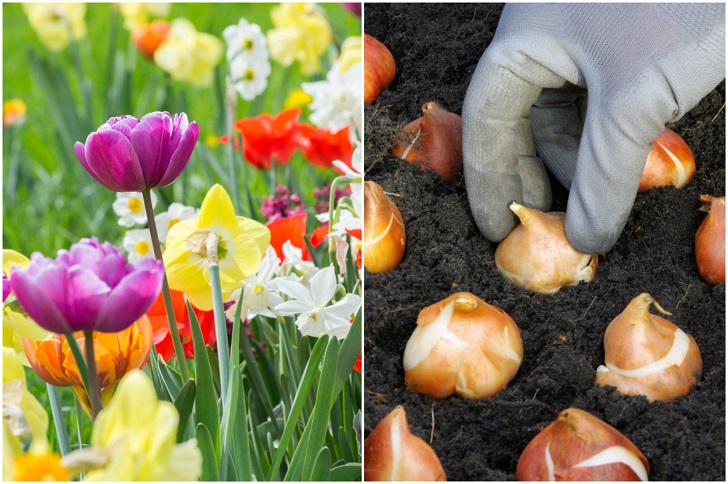
Flowers are meant to bring cheer and beauty to your surroundings with their jewel colors and enchanting fragrance.
Cool season flowers put up a good show in spring, and then again in fall in some cases. Tender plants survive only for a summer.
Use the following tricks to keep your garden in one continuous floral display from early spring to late fall.
1. Start with healthy seedlings
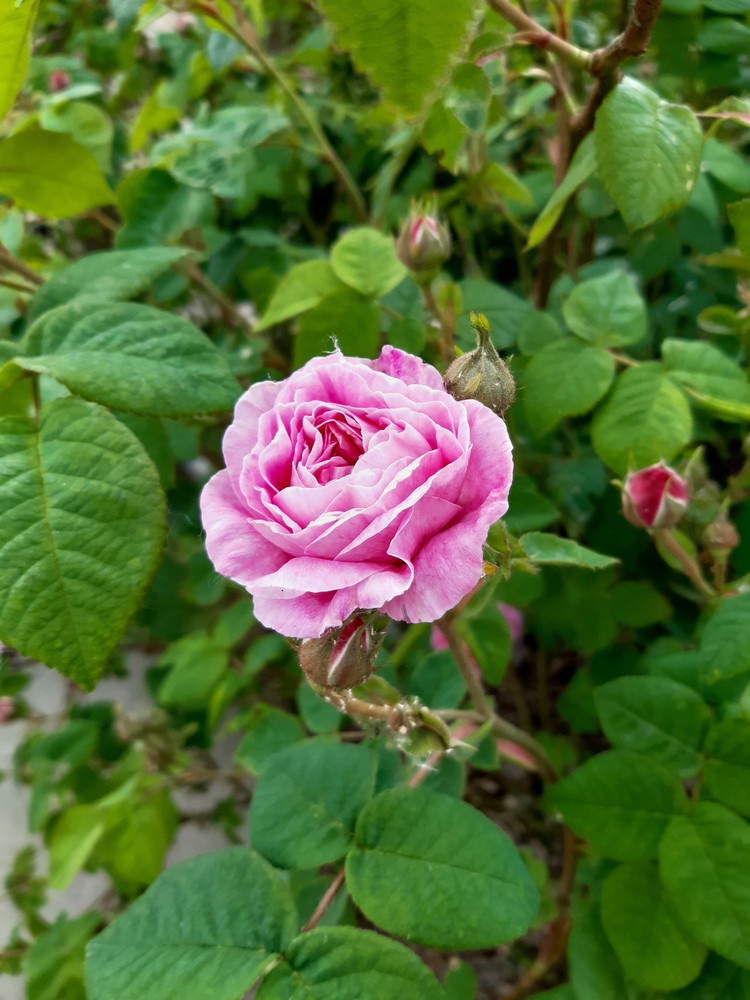
The early development of has an impact on the performance of flowering plants. Spindly plants with weak or elongated stems often indicate light or water stress in their early days.
They may fail to thrive even if you shower any amount of loving tender care later on. They may quickly run through their entire life cycle and start setting seed too early.
As a matter of fact, making seeds is the one goal of flowering plants. Weaker ones get down to business faster without spending too much time and energy producing many flowers.
When you buy seedlings in flats, you should look for lush, bushy growth. Such plants tend to be stronger and capable of handling adverse conditions later.
If you’re starting seeds indoors, make sure they get sufficient water and light. Direct sown beds should be thinned, leaving only the healthiest seedlings.
2. Plant them in rich soil
Soil rich in organic matter provides plenty of nutrients to the growing plants. Plants tend to thrive in soil enriched with compost and manure. It promotes good root run and lush vegetative growth, which will ensure plentiful flowers and a longer flowering period.
There are a few exceptions, though. Some plants like lavender seem to prefer light soil poor in nutrients.
Some plants flower prolifically when grown in poor soil and drought-prone areas, but the flower show could be all too short. That just goes to prove that it pays to know the ideal cultural conditions of every plant you intend to grow in the garden.
3. Allow for a good amount of vegetative growth
A good sized plant with plenty of branches naturally produces more flowers. When you see flower buds in young seedlings, be ruthless in removing them promptly.
Feed them some nitrogen-rich fertilizer like compost tea to promote vegetative growth first. Don’t allow them to sprint through their lifecycle in a hurry.
4. Deadhead regularly
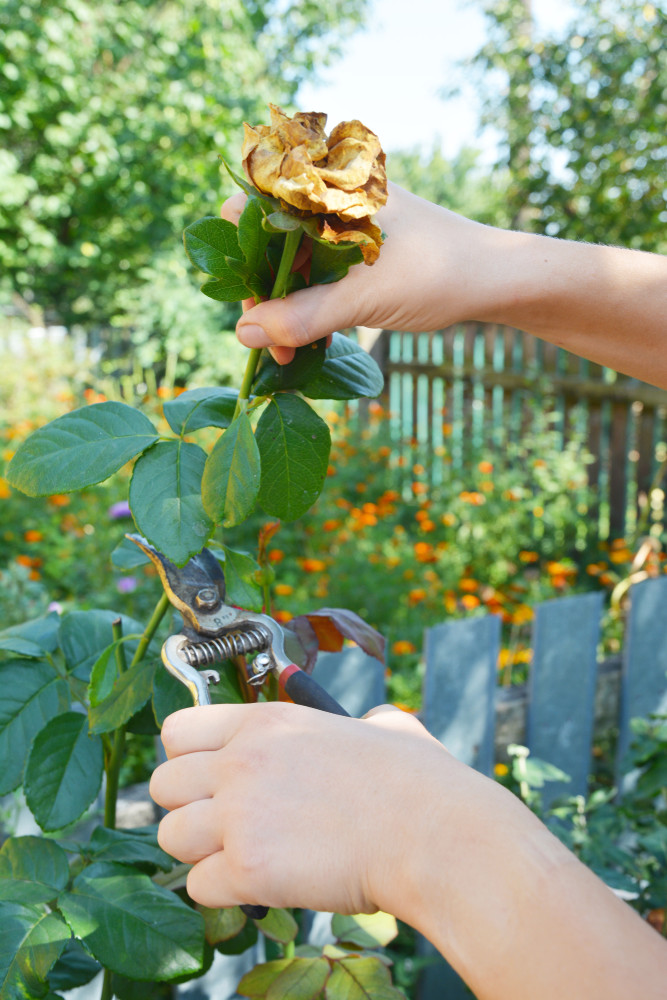
Deadheading or removing spent flowers is a popular and proven way to keep plants flowering for longer.
If the flowers are allowed to remain on the plant beyond their prime, the plant may move onto the seed setting stage.
Cutting flowers for vases and bouquets is a great way to enjoy your garden indoors as well as outdoors. It is even better than removing just faded flowers.
5. Feed regularly
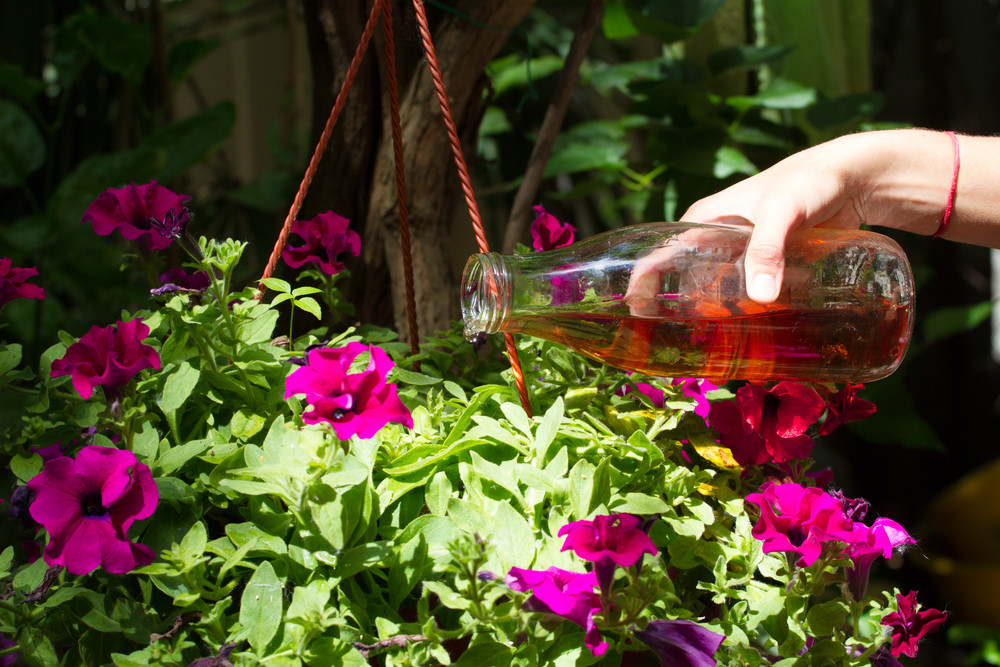
Flowering is an energy-intensive activity. Regular feeding is essential to meet the high demands on nutrients required for keeping the plants in bloom.
One should ideally start with nitrogen-rich fertilizers to promote initial vegetative growth. This should be followed with a formula that is high in potassium and phosphorous, which helps root spread and flower production.
6. Give extra water
Spring flowering usually tapers down as summer heat picks up, but you can keep the plants going a bit longer by giving them extra water. You will notice your plants wilting in the afternoon and then getting revived during the night.
The repeated wilting shortens the lifespan of the plants, and they hurry onto the next phase, i.e. making seeds. That would practically put an end to the flower show.
Increasing soil moisture and spraying the plants with water, especially in the afternoon, raises humidity and cools down the atmosphere.
7. Provide shade when necessary
Temperatures in the shade remain a few degrees lower than that of fully exposed areas. Providing shade can sometimes keep the plants blooming for a few weeks more. Shade screens can do it very efficiently, but they may mar the aesthetics of your garden.
A better alternative would be planting summer and fall flowering plants closer to the spring flowers. They will grow tall enough to provide some shade by the time it gets too warm for the spring plants.
Similarly, summer-flowering plants can be protected from frosty, desiccating winds by cold-hardy plants around them.
8. Mulch around the plants
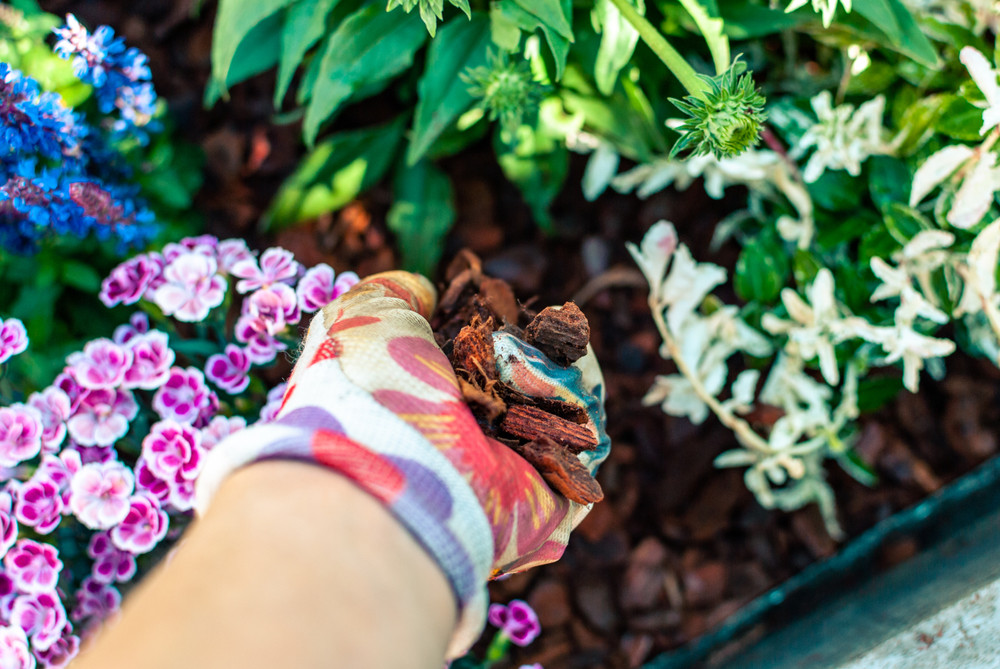
Mulch acts as an insulator. It keeps the soil cooler by a few degrees when the temperature rises in spring, and helps retain soil warmth for a little longer in fall.
Before spring flowering annuals and perennials starts showing heat stress, apply a thick layer of mulch around them. With extra watering and some amount of shade, you might be able to extend the flowering season for a few more weeks.
For summer flowers, warm soil beneath dark colored mulches may help them hold out a bit longer. Stone and rock mulches are especially good at absorbing the sun’s heat during the day and releasing them in the night.
When you grow tropical perennials as annuals, a little bit of extra warmth can make a big difference.
9. Give the plant a nice shearing
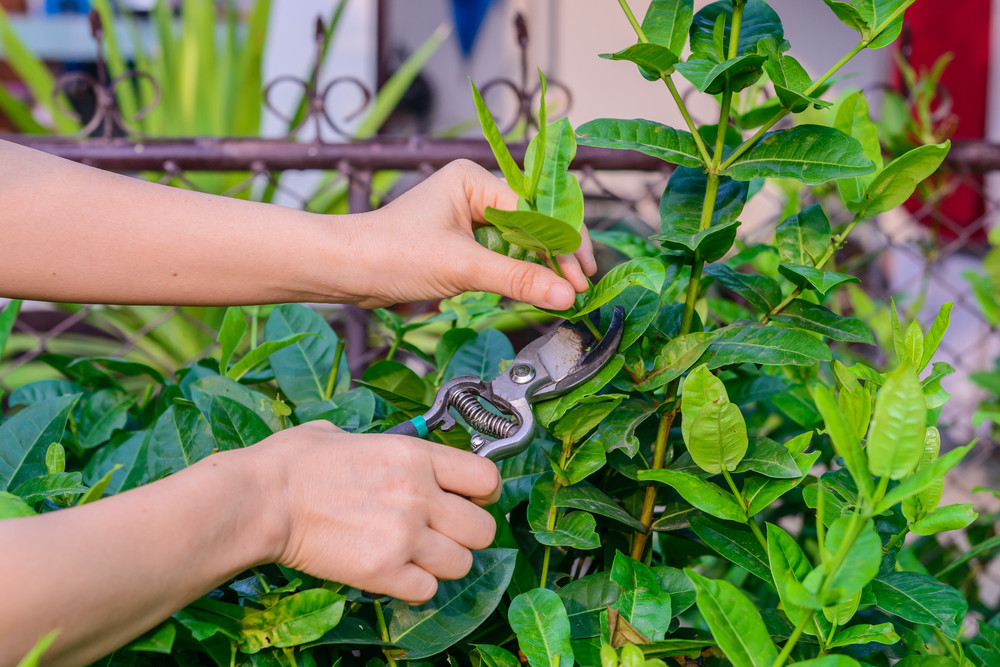
Most flowering bushes can be persuaded to have a second––or even a third––round of flowering if the climate remains favorable.
Even flowering plants like Bee balm, Rudbeckia and Goldenrod that may not produce flowers a second time look better if they are pruned hard at the end of their flowering. The lush new growth can look just as attractive.
Cutting back the growth by one-third usually helps many flowering shrubs to grow a new set of stems tipped with flower buds.
Some plants like Foxglove, Delphinium, Pincushion flower, and Salvia have a basal tuft of foliage from which tall flower spikes arise. All their flowering stalks should be removed before new ones can sprout from the base.
Coreopsis, Columbine, Stoke’s aster, and Crane’s bill Geranium may put up new growth and offer another set of flowers if you trim them down almost to the ground.
10. Boost flowering with a shot of high phosphorous fertilizer
A good pruning has to be followed by a good feeding to coax the plants to flower again. The second flush of flowers may not be as fabulous as the first one, but they help extend the flowering season by a few weeks.
Avoid nitrogen-rich fertilizers this time because there may not be enough time for vegetative growth before the weather turns.
Give a high-phosphorous formula, such as this bone meal fertilizer, to let the plants focus on flowering. The flowers would be borne on shorter stalks and may be smaller in size and fewer in number.
11. Staggered planting
This is mainly useful for bulbs which bloom only once in a season. To keep your garden in flowers throughout the season, you should plant several batches of bulbs at weekly or biweekly intervals. Mixing early flowering cultivars with late-flowering ones also help extend the season.
